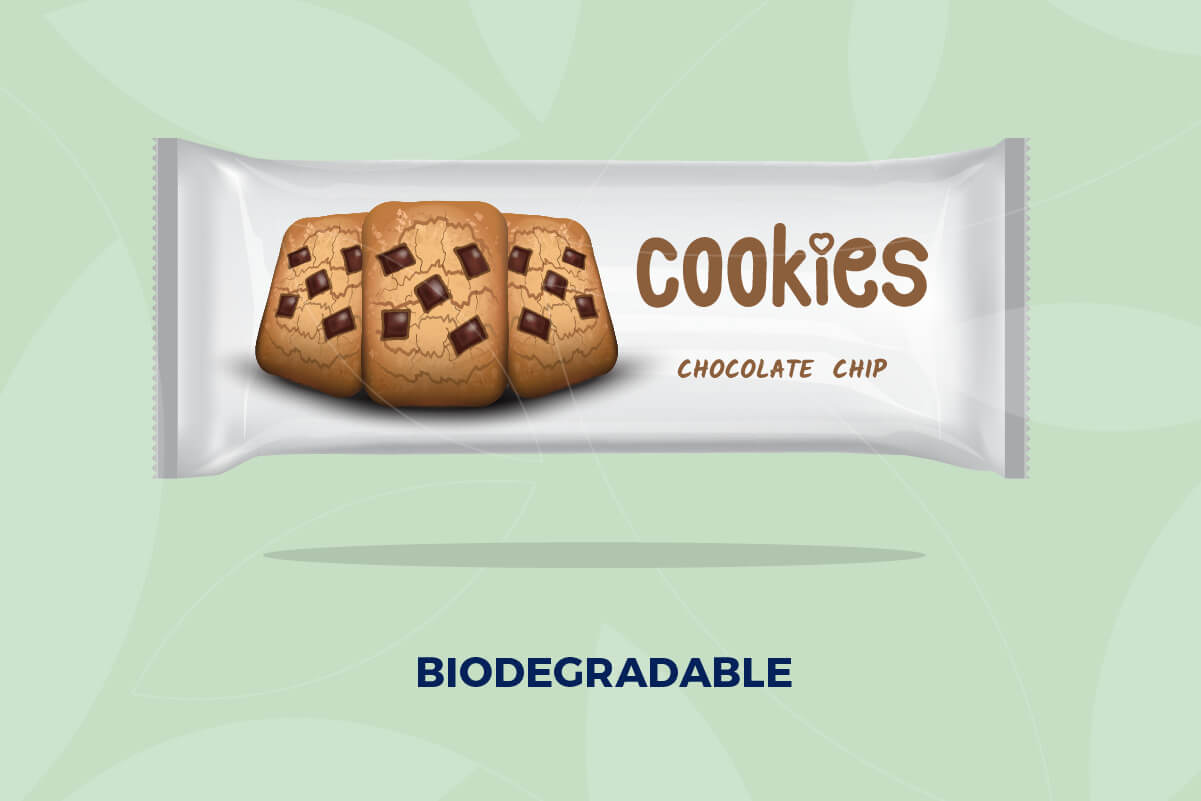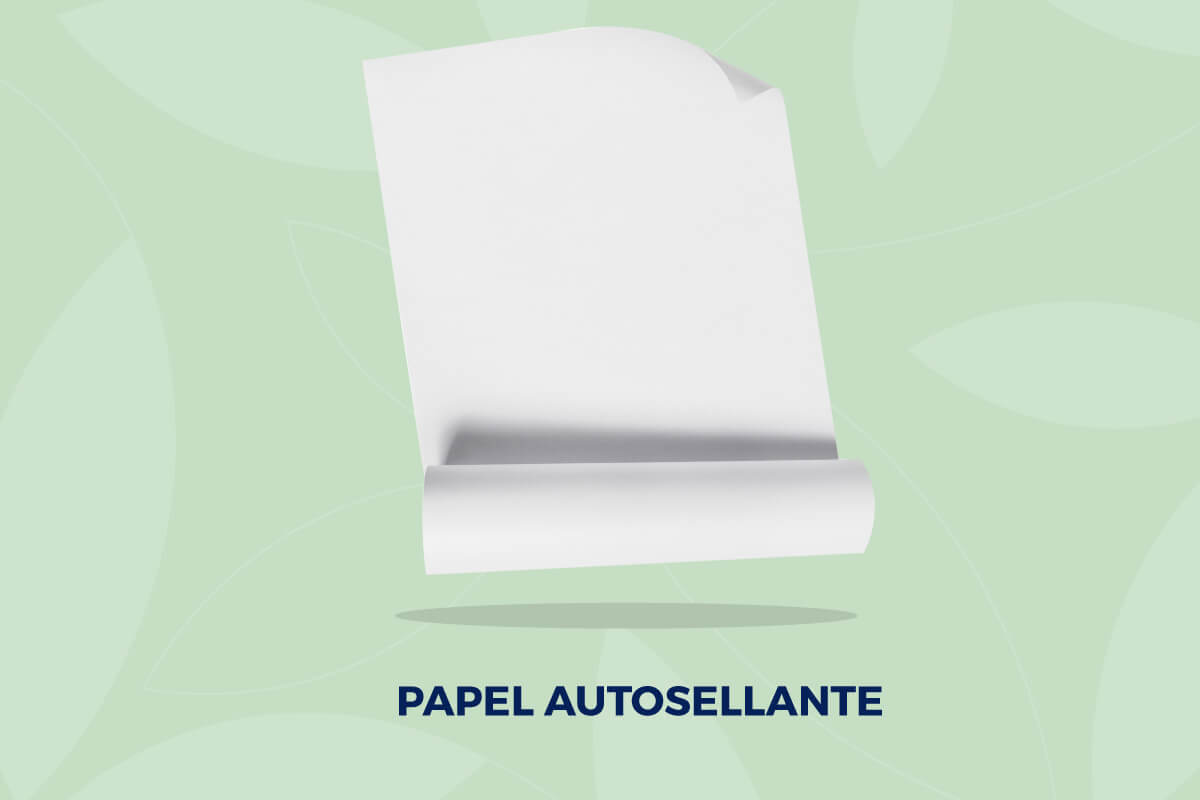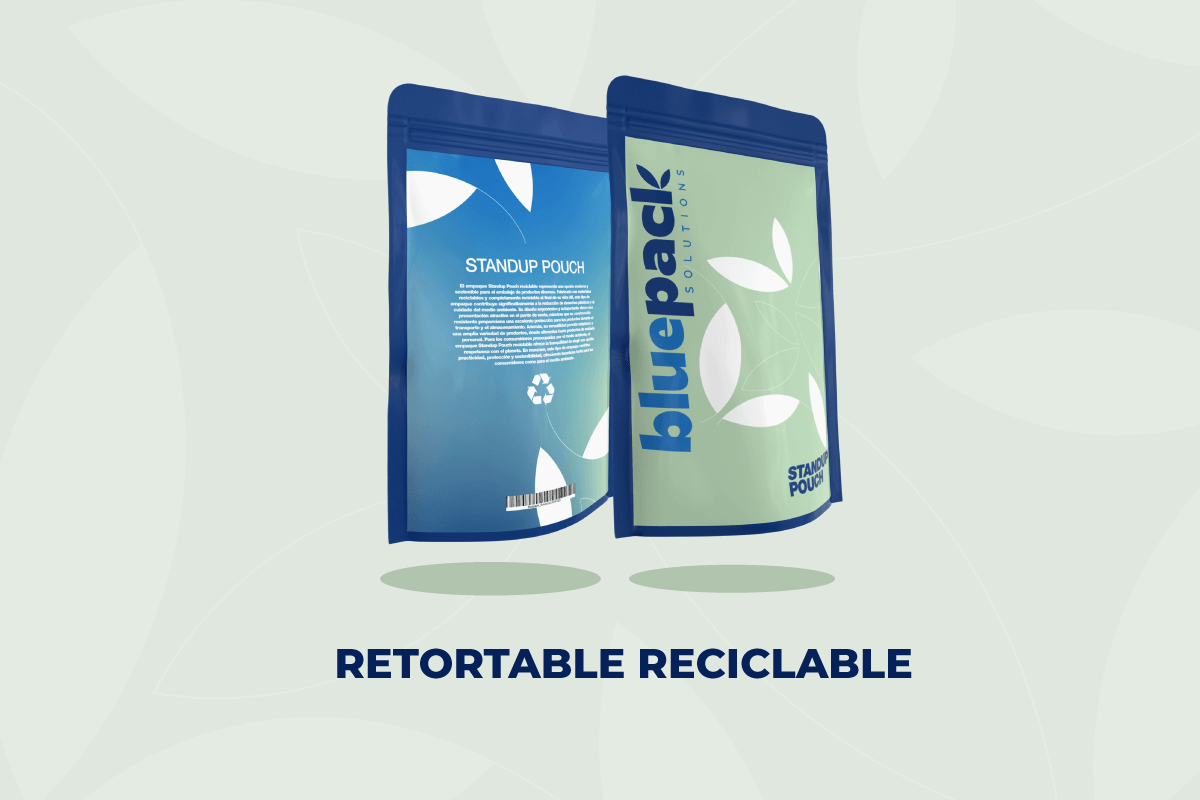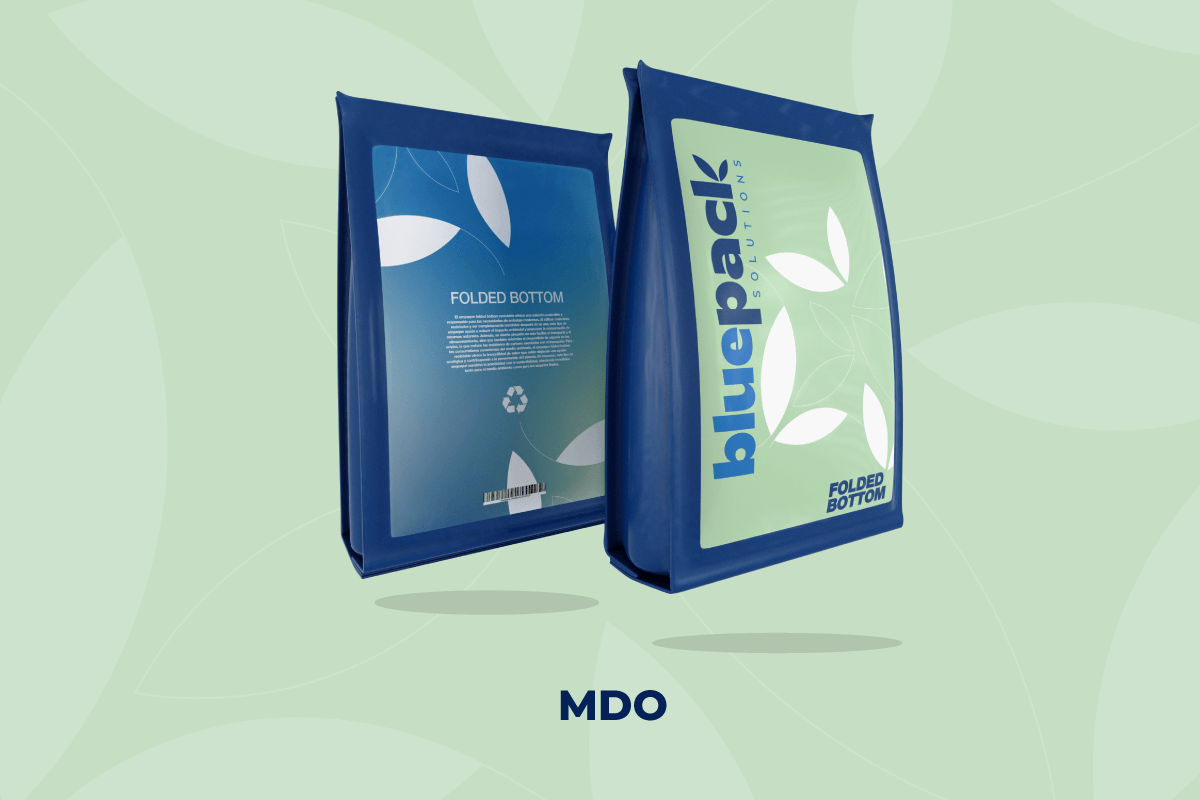Son estructuras diseñadas para degradarse bajo condiciones específicas. Atienden una preocupación mayor en la industria del empaque: la permanencia por muchos años en los ecosistemas.
Características
Materia prima: A diferencia de los plásticos tradicionales derivados de resinas fósiles, los materiales biodegradables se fabrican a partir de fuentes renovables como:
- Fécula: maíz o papa
- Celulosa: madera
- Biopolymeros: producidos por microorganismos
Aditivos: Durante el proceso de extrusión, se incorporan aditivos especiales, (microorganismos: bacterias y enzimas) que aceleran la degradación de la estructura bajo condiciones óptimas.Proceso de Biodegradación: requiere de ambientes específicos para la descomposición efectiva como la composta (doméstica o industrial)
Otros puntos importantes
No todos los empaques biodegradables son iguales: el índice de degradación y el ambiente requerido (composta vs ambiente natural) varía significativamente dependiendo de la composición del empaque y los aditivos.
Infraestructura: aunque la estructura sea biodegradable, la infraestructura de recolección, tratamiento y reciclaje no está del todo desarrollada en varias regiones del mundo.
Equívocos en temas de Biodegradación: las estructuras biodegradables no se degradan al aire libre. Dejarlas a la intemperie no activa los mecanismos de degradación esperados.
Alto costo: Actualmente, las estructuras biodegradables suelen ser más costosas que las convencionales.
Aplicaciones limitadas: las películas biodegradables no siempre presentan las mismas características de fuerza, claridad o barrera que los plásticos tradicionales, limitando su uso al empaque de ciertos productos.
Atención del consumidor: el usuario final debe conocer los métodos de desecho de materiales biodegradables, esto es fundamental para completar el ciclo.




